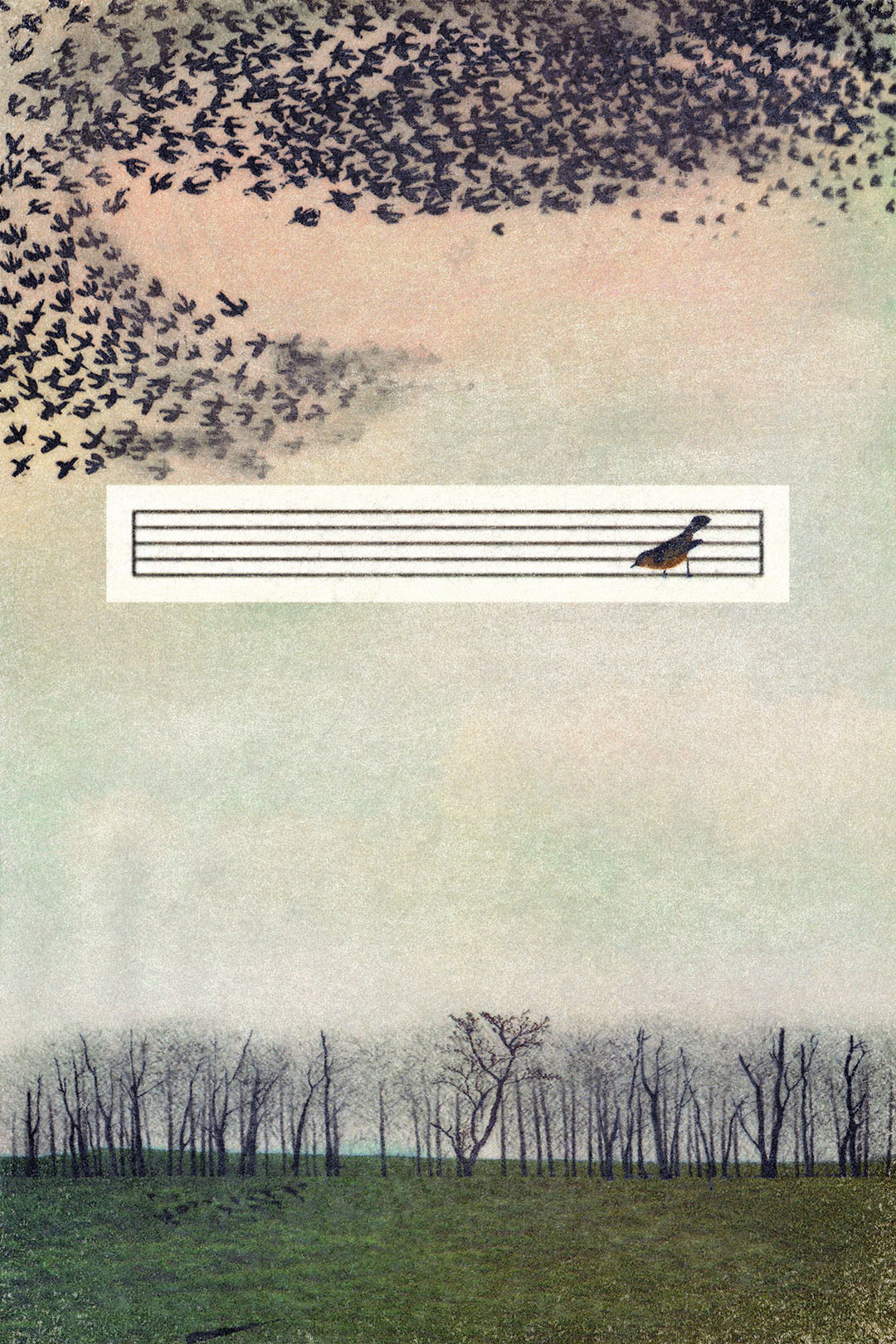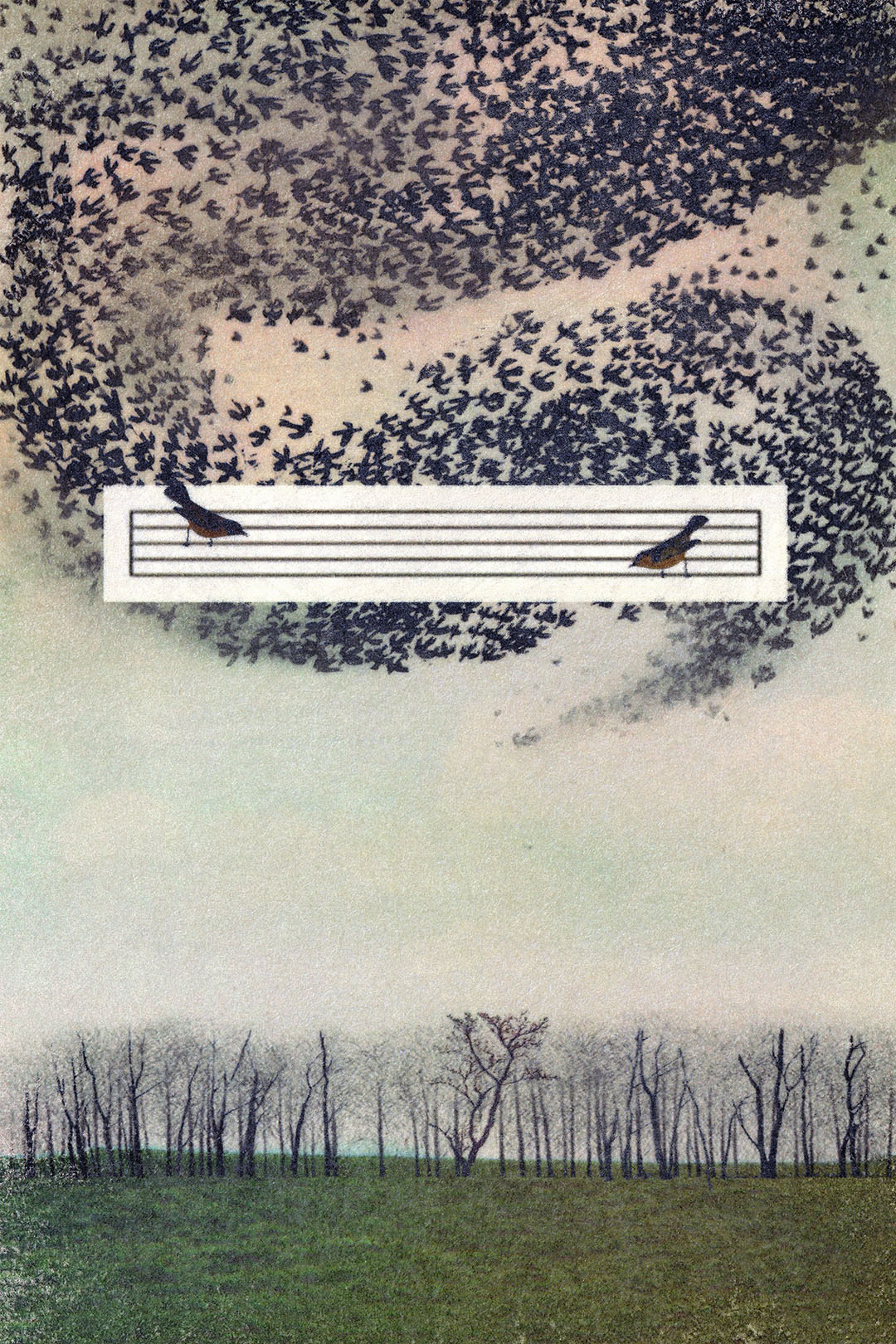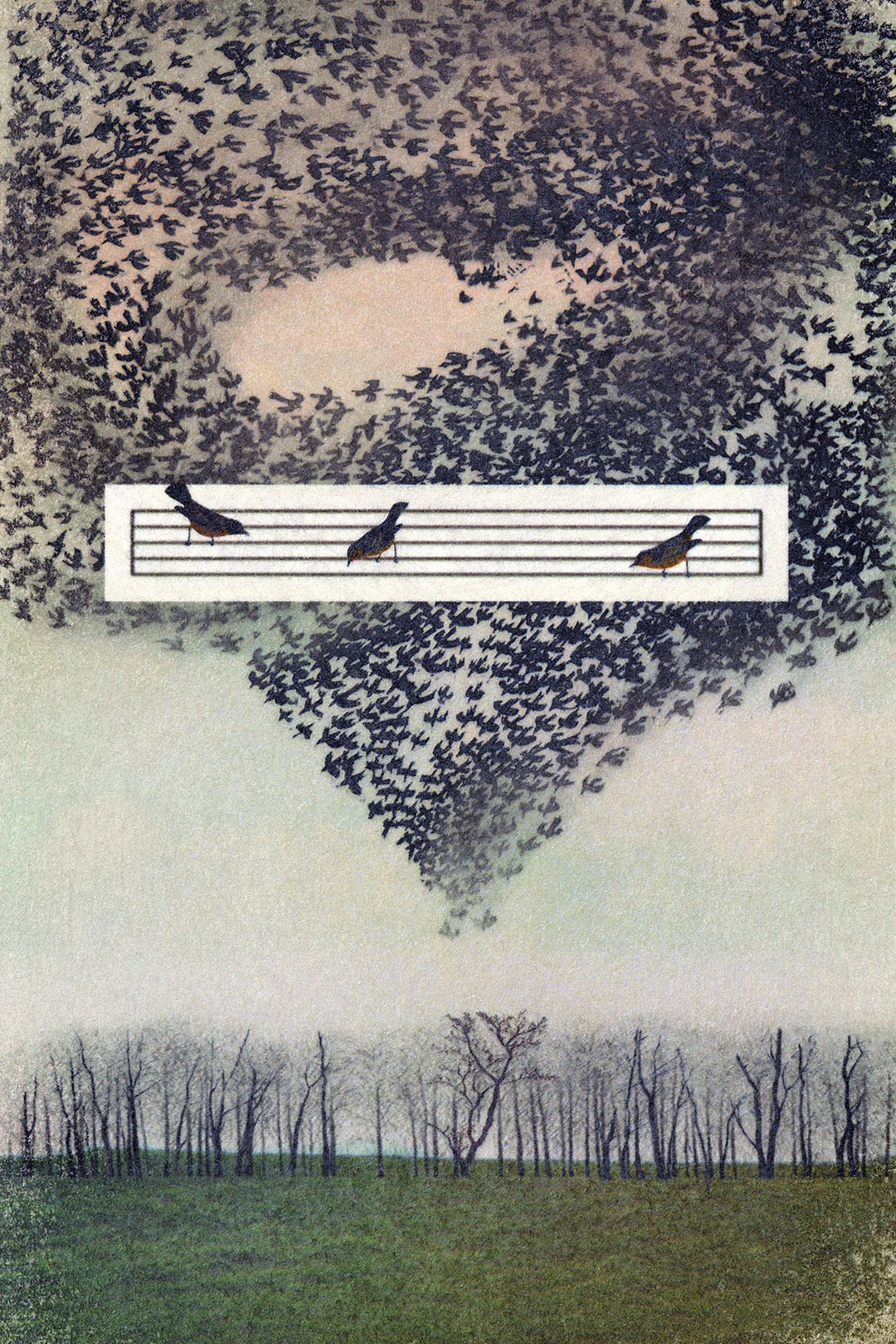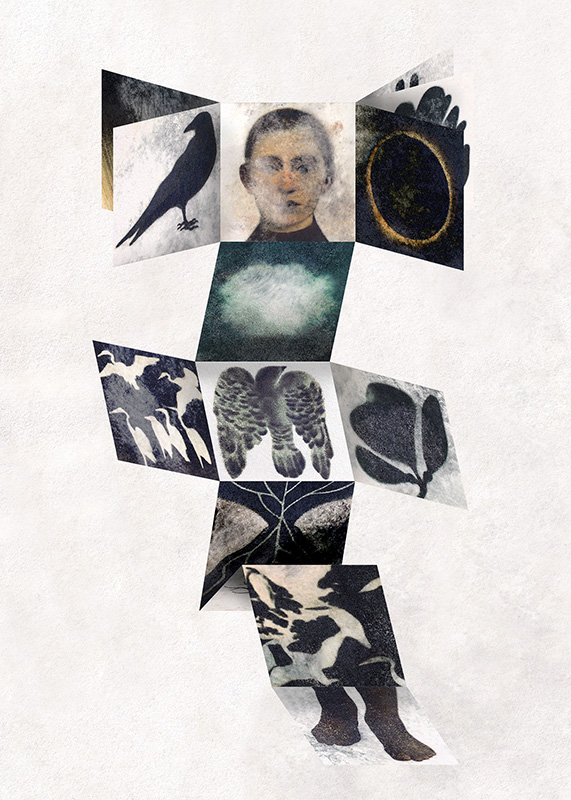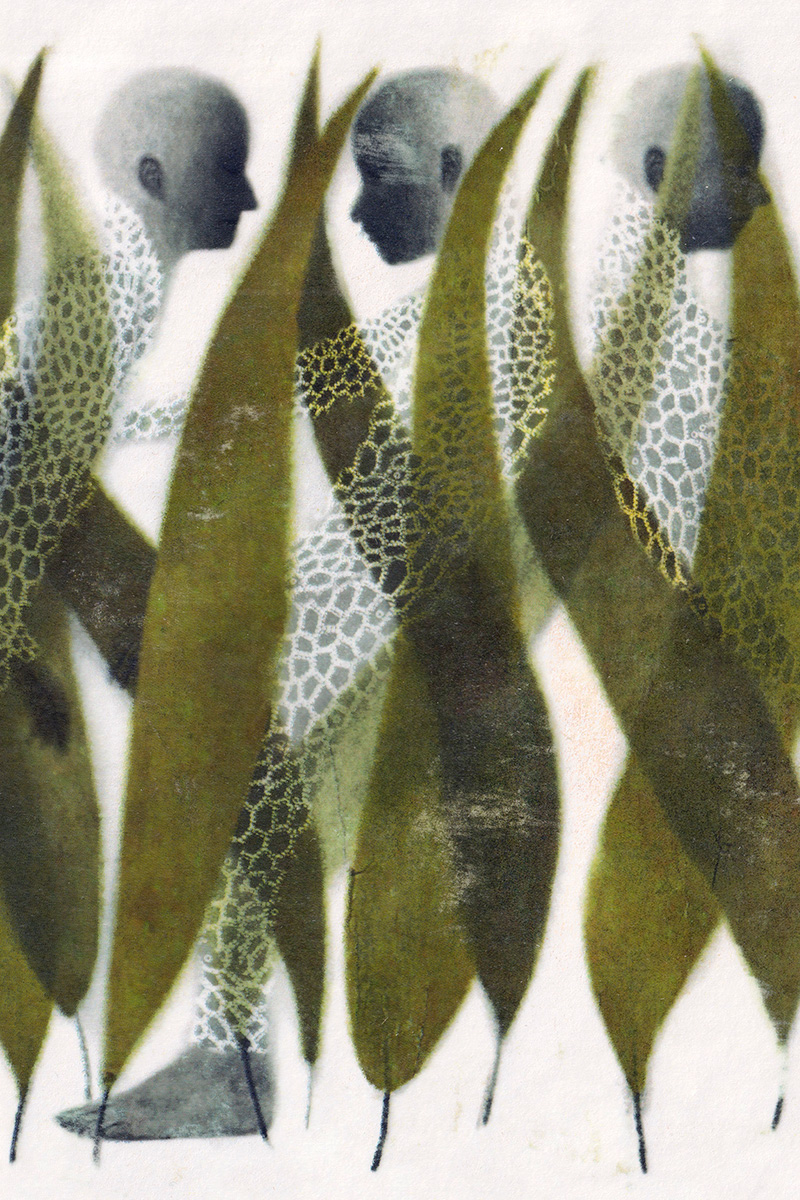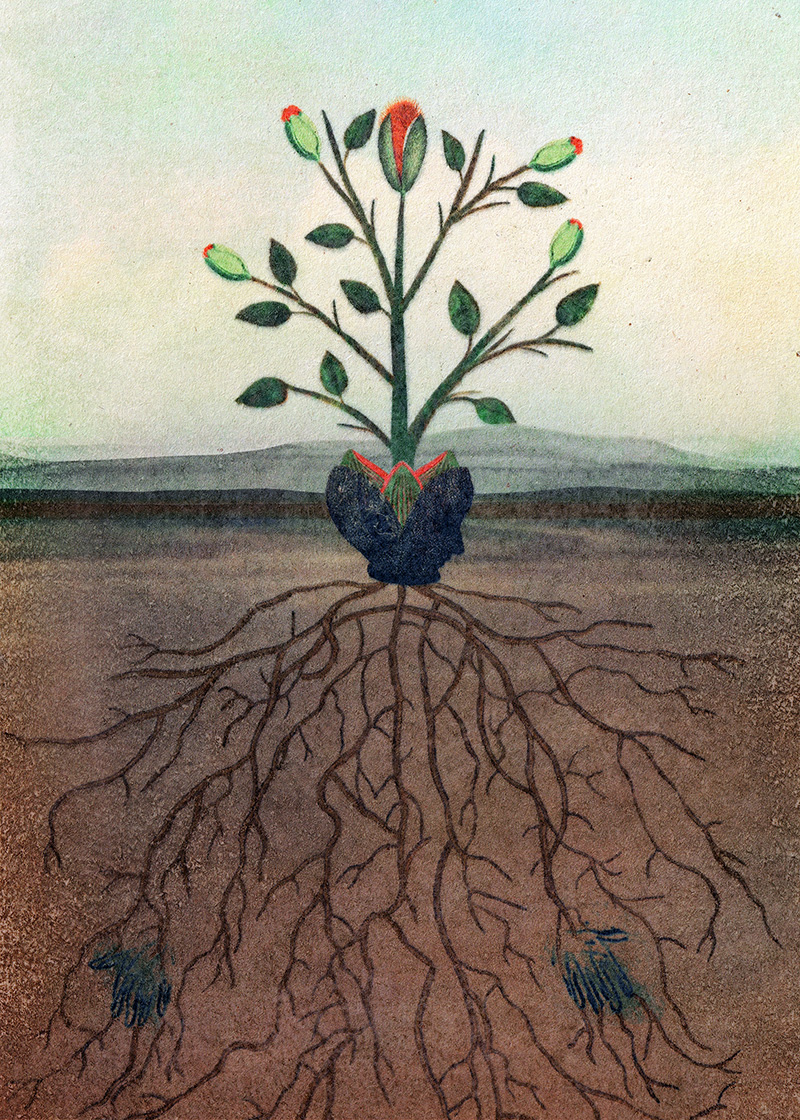Listening to the Language of Birds
by David G. Haskell
Emergence practices offer meaningful ways of connecting to the living world, inviting you to bring an element of one of our stories into your life. Inspired by the essay “The Voices of Birds and the Language of Belonging,” this practice invites you to step into an attentive relationship with the voices of birds.
When bird language entered my life, I felt that a new sense had been grafted into me. Bird voices opened a fresh dimension of sensory experience. This expansion drew me into stories of my home in unexpected ways, revealing ecological rhythms and connections, stimulating my curiosity, and suffusing me with a sense of belonging.
The practice of listening to other species is the original “augmented reality.” In opening our minds to the language of species, we experience connection and meaning that far transcend anything offered by electronic simulacra. Why so deep? Because attending to the tongues of other species is our inheritance, bequeathed by a lineage of ancestors extending back hundreds of millions of years. Every one of these grandmothers and grandfathers lived in attentive relationship with the sounds of other species, the diverse conversation of the living Earth.
Our ancestors were ecological polylinguists. To listen was to learn about food, danger, opportunity, and the subtle nuances of ecological time and space, the mastery of which allows all creatures to thrive. To listen was to live and to find meaning. Disconnection and inattention invited death. And thus, natural selection placed the capacity to hear and understand beyond-human languages at the core of our human nature. So when we walk outside today and open our ears to the sounds of a sparrow, we reclaim what is ours by birth. We connect to meanings that emerge from the deep time of our membership in life’s community.
Today, in a world beset by ecological crises, our survival depends on our attentiveness to the speech of other species. Without their voices to guide us, we act in ignorance. This is an improvident path for so powerful a species. Hearing bird language, then, is a pleasure that can guide us to right action.

